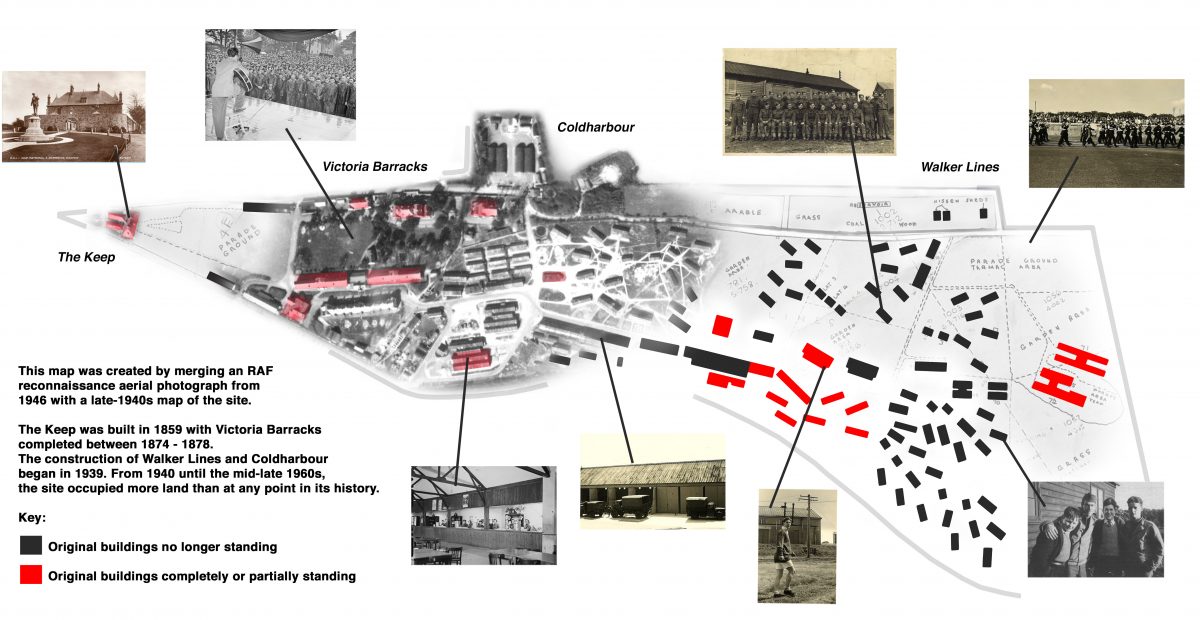Today to the untutored eye, Walker Lines looks like any other industrial estate, but look more closely, and you will see the clues to its fascinating history.
First constructed in 1939 as a Second World War military camp, Walker Lines got its official title in March 1941, named after the Colonel of the DCLI during 1924 – 1932, Lt Gen Sir Harold Walker. At its peak, the camp encompassed 52 acres of land and 111 buildings in total, costing £300,000 to build.
Who was here?
It’s a common misconception that Walker Lines camp was purposely built to house the Americans in their preparations for D-Day. But in actual fact, alongside the DCLI at Victoria Barracks, the camp was initially intended to house a large number of British troops from a number of regiments who had been sent to Bodmin for their basic training. It wasn’t until late 1942 that the whole site, including Walker Lines and Victoria Barracks was handed over to the Americans. In Bodmin, it was men of the US 29th Infantry Division and 35th Infantry Divisions, that arrived In their greatest numbers.
Following the departure of the U.S Army from Bodmin in late May 1944, Walker Lines once again became the home for new British recruits, more specifically, the 96 Primary Training Centre.
After the Second World War, Walker Lines temporarily housed the Royal Army Education Corps (1948-1950) and the Joint Services School for Linguists (1951-1956). Following the departure of the newly formed Somerset and Cornwall Light Infantry in 1962 (the amalgamation of the DCLI with the Somerset Light Infantry), all 52 acres of the Walker Lines Camp was eventually sold to Bodmin Borough Council in 1964 for £36,000.

